Some games become benchmarks. You know, you hear about or try a new game and you immediately start comparing it… is it as good as..? Is it as pretty as…? It’s good but it’s a shame the art isn’t as good as…. or the rule book isn’t as clear as…
This is often more about the execution of the design rather than the game itself. It’s not always a negative judgement, it can be a way of categorising games in my head – I often make comparisons when I like the game and just wish one area was more effective. So what are my benchmarks? My points of comparison?
Art Work – Dixit
I’ve yet to receive Fire in The Library and I am excited about how lovely it is, but for now Dixit remains my point of reference when it comes to art work. The cards are beautifully odd. There are many games, like High Society which are gorgeously illustrated but I think it is the oddness of the art and the demand to engage with it in Dixit which most appeals to me. In Dixit, you have to come up with a word or phrase which describes your chosen image closely enough so that some people will correctly identify which image you are referring to, but not so obviously that everybody gets it. This, along with correctly identifying other people’s choices, is how you score points. I think it is the combination of the necessity to minutely study the cards as well as the beauty of them which makes it one of my favourites.
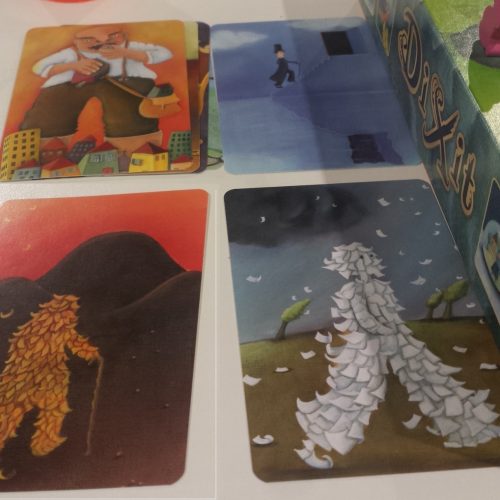

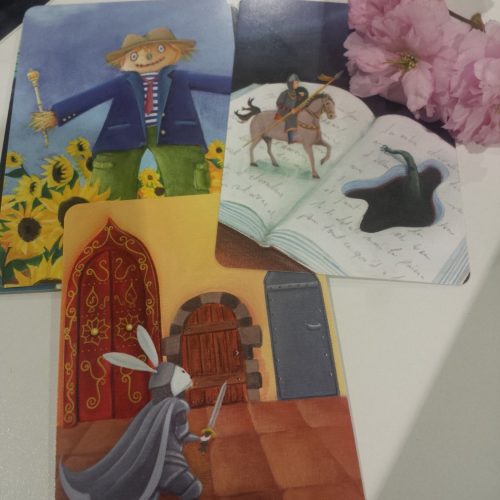
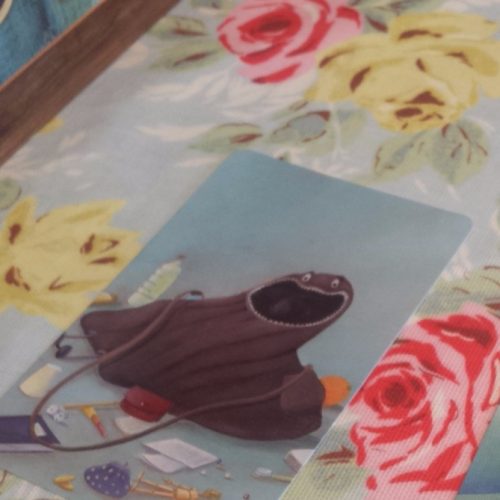
Beautiful Components
I have so many games that I love the feel of. Mancala in its hand hewn wooden box, dried olives that drop into tin cups – the look and sound of it is very pleasing. Whenever you take the lid off Cobra Paw people immediately reach out to touch it – the chunky dice, the bright colours and the indented characters on the tiles (or clawfuku as they are correctly known – have fun pronouncing that, I know I do). The components of games can be more memorable than the game itself – that’s why people think they want to play Mousetrap until you remind them that the game is incredibly frustrating and deeply crap. For me the game I think of when I think of beautiful, tactile components which add to the game rather than distract from it or hide a terrible mechanic had become Azul. But then I opened Dice Hospital.
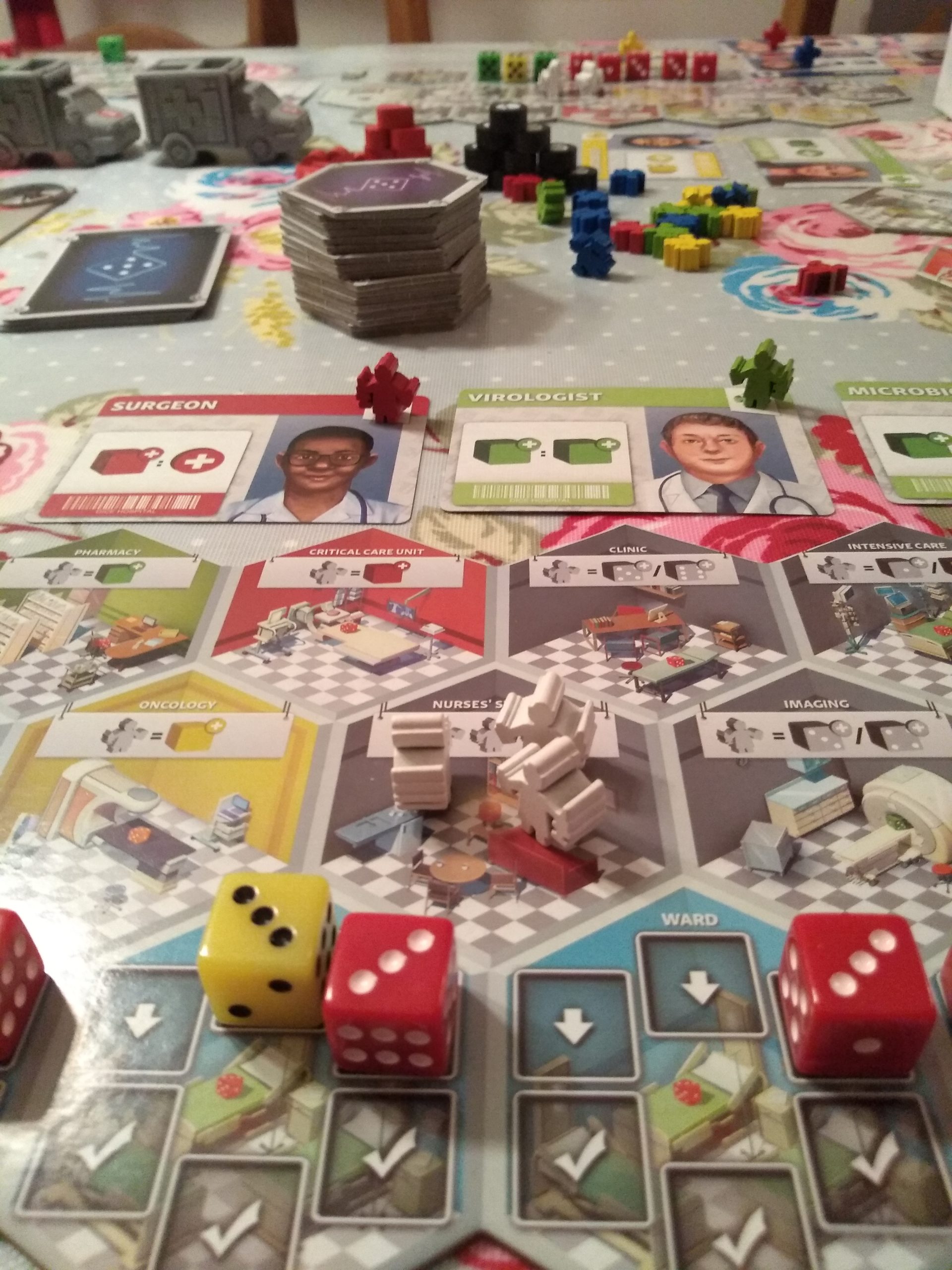
In Dice Hospital, each round you admit new patients (dice) to your ward, treat them and discharge them (hopefully). Each round you can add more wards or more specialists to your hospital. Colourful dice are always a good component for me, and these come in a bag that feels really good! Even without the deluxe add ons you can glory in the thickness of the card stock, enjoy the round counter with its little cut out window, be slightly afraid of the meeples with their medicine bottles and enormous syringes.
The deluxe add ons are brilliant though. The cardboard morgue and blood bad tokens are replaced with wooden ones; the ambulance cards with real ambulances. Ok they’re toy ones but they are gorgeously chunky and no longer do we slide a card towards us, instead we brum our ambulances round to the admissions ward. My next job is to paint them – I can’t wait.
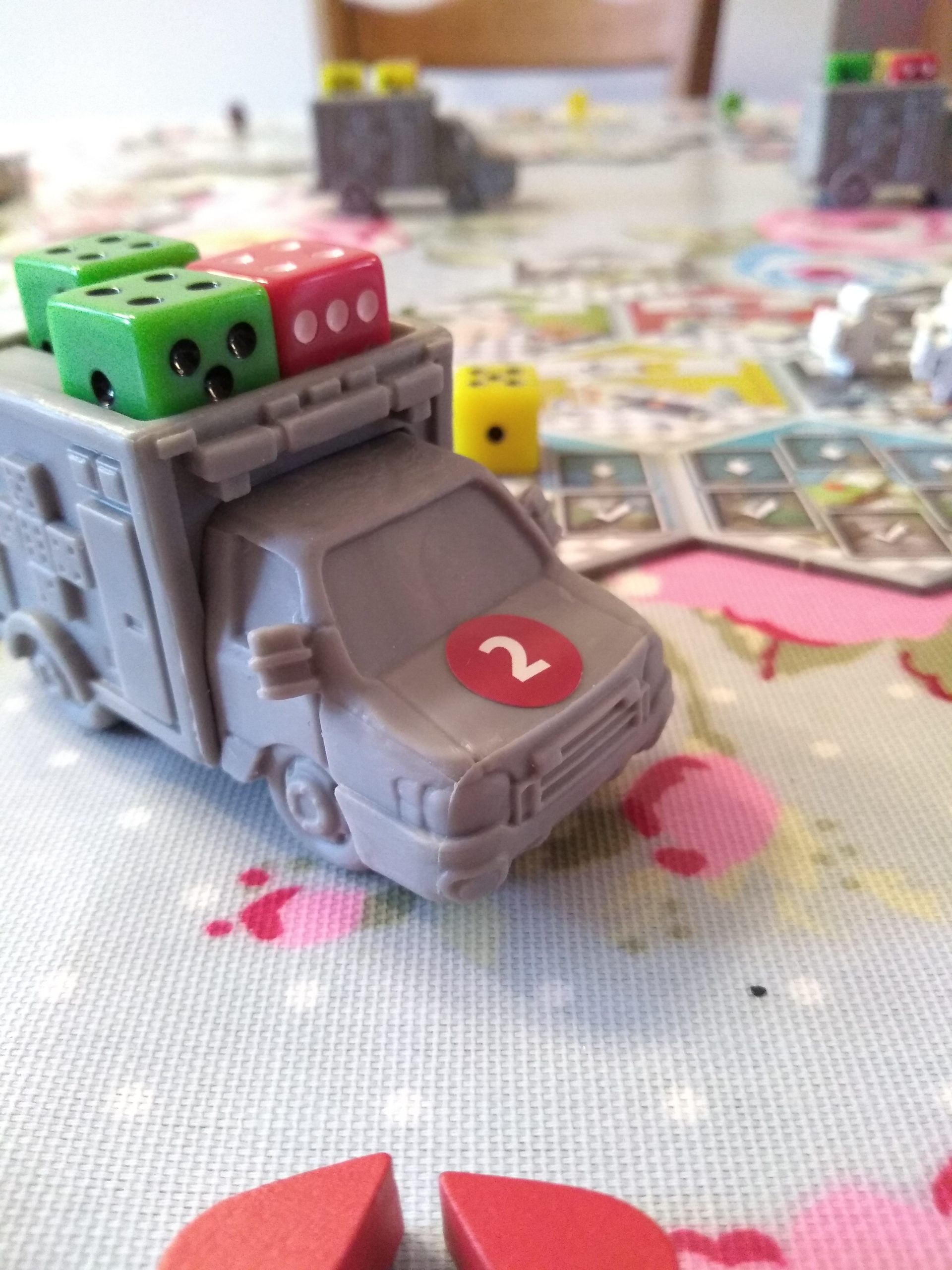
The game itself is excellent. So far we’ve played with 4, 3 and 2 players and enjoyed it each time. There is a lot of decision making, planning and balancing to do as well as a degree of luck which always appeals to me.
Representation
So many games are still getting this wrong, from the male pronouns in the instructions to the choice of white characters. My choice of female character is a constant source of irritation – oh, I can be a scantily clad blonde or a busty brunette. Come on, we can do better than this – even Cluedo had a better female character selection than that. It’s almost as if there are some white males who want to keep the hobby white and male. I can only hope they really are the persecuted minority they claim to be.
The situation is definitely improving, I think we just need to avoid complacency. There are lots of games that spring to mind who are getting it right: Dice Hospital and Tortuga are two that spring to mind. But there are two that are at the forefront of my mind when I consider representation: Sub Terra and Gobblin’ Goblins.
Gobblin’ Goblins is a fun game of eating gross food (and I don’t use the word gross lightly. If you were wondering nostalgically about white dog poo, wonder no longer – see it’s on the floor)
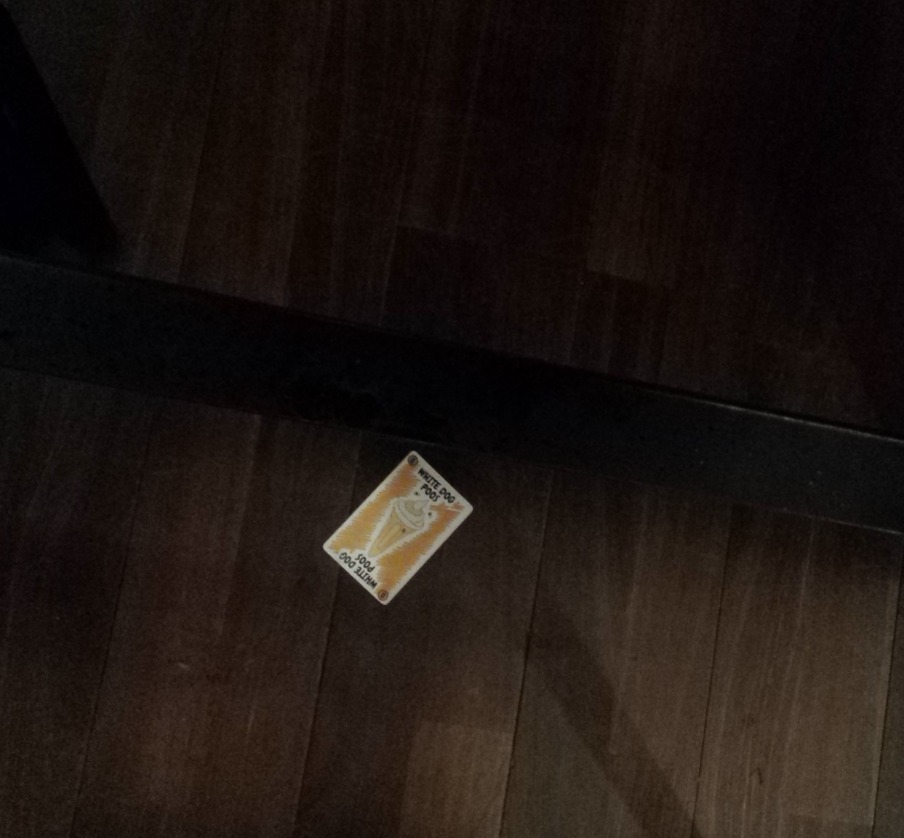
But I digress…. at the start of the game, you choose a Goblin. And it really is a choice – you can be fat, thin, male, female, small, tall, able bodied, in a wheelchair. Personally I enjoy the fact that I can be a girl even if more than one other girl is playing. My favourite is Granny Knuckles – she’s not winsomely flashing her cleavage – she’s standing on a stool to give the illusion of height and somehow still managing to look menacing. That’s what I aspire to.

Sub Terra
Trapped in an underground network of caves you need to work together to escape in Sub Terra. The elements: gas, floods, rock falls and hidden monsters known as horrors are all working against you. The balance and use of character’s special abilities is vital for your survival. Your choice of character has never been more important. Each comes with a back story which I love – such a well thought-out detailed touch. It was a relief then that the choice really was a choice. Ironically when offered four female roles including Amirah Malik as team leader, I often plump for Jai Singh – the body guard. Just the sentence ‘we’ve decided that the need for him outweighs the security risks’ made me choose him! I get to shield the party from harm – absorbing shocks and generally being really ‘ard! Those horrors won’t mess with my mates. One day hopefully I won’t open a game and say ‘Oh there’s an Asian woman, and a black man. And the woman is in charge of everything. Yes’. It will become normal, not worthy of remark at all. But as it stands we’re not there yet.
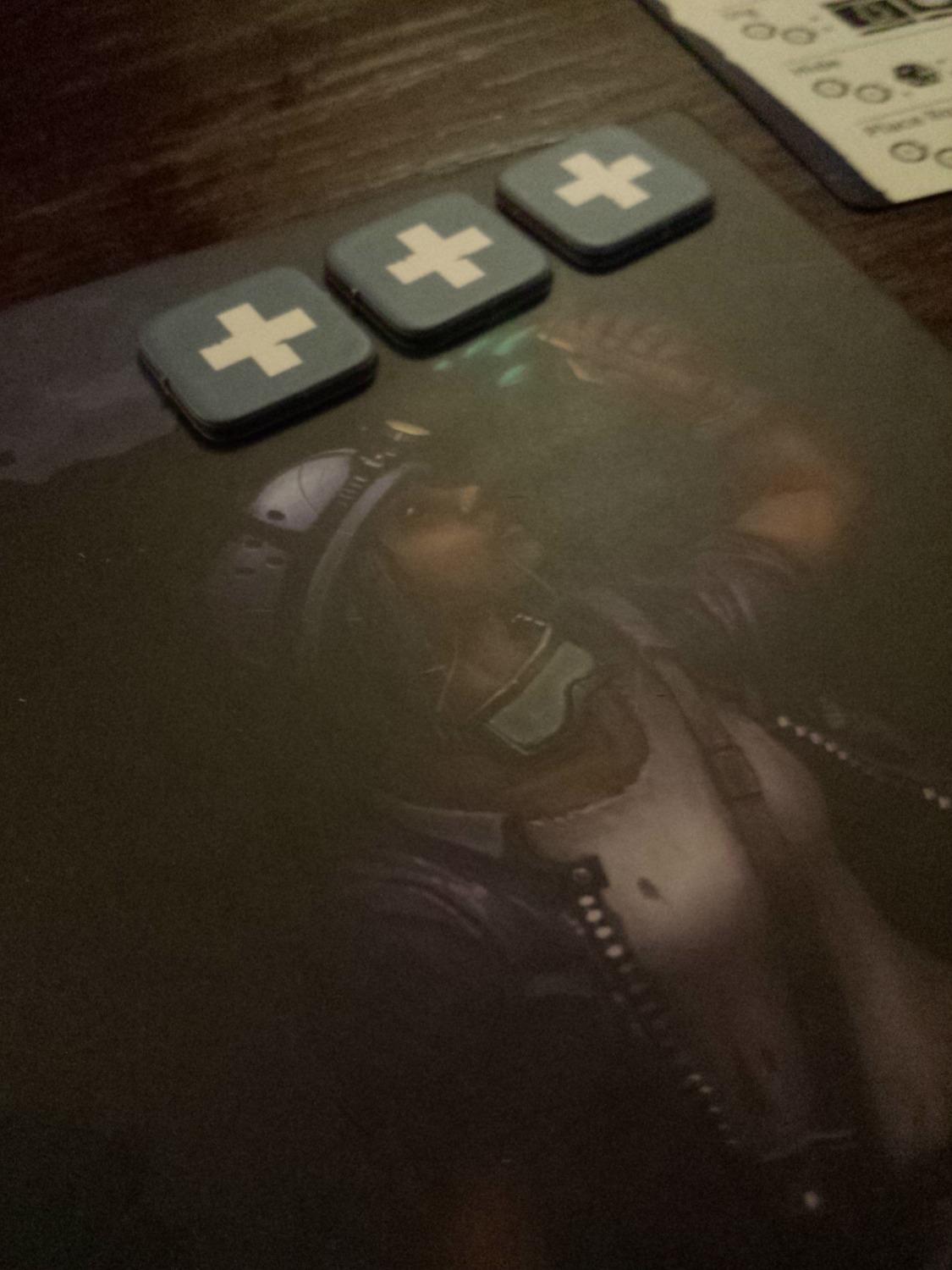
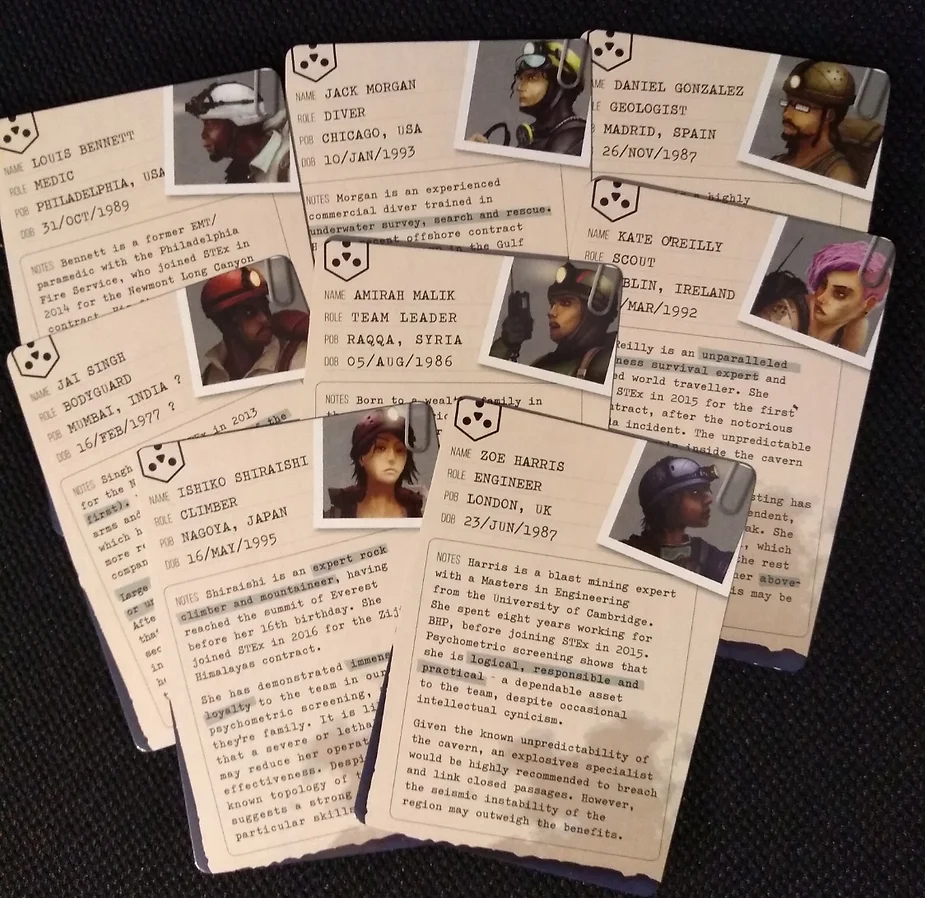
Flavour Text
Temp Worker Assassins for me has the most enjoyable explanations and notes on the playing cards. You are a temp and your mission is to use inventive stationery weaponry to kill off the permanent staff. The characters are well named – the health and safety halfling, the legal aid fairy. The weapons are genius – the machine gun stapler, the compact disc shurikens, the unremorseful ruler. Every word from the rule book to the cards is carefully chosen to help immerse you in the theme. It is part of what makes this such a joy to play. I have reviewed it in full here if you want to find out more.

Clear Rulebook
Nothing is clearer and has just the right amount of detail and example scenarios than the Settlers of Catan rulebooks. It is intimidating when you first get it out of the box as it has a game rules, separate almanac and an A3 game overview sheet. However, that just means that the main Game Rules do not get cluttered with boxes of extra information or definitions and footnotes. I’m sure the layout and order of information is an entirely personal thing but for me this is perfection.
The Game Overview has clear colour diagrams of the set up with a brief summary of the game. You can quickly get the idea of the game from this. It is enough to get you started on your first game. The font is a good size, there are clear headings and numbered steps.
So, for me this is a good start – a manageable amount of information. Then I can move straight on to learning it with a first play-through using the Game Rules as a guide.The way I learn games is by playing them. I know other people approach it differently but if I just read, I find it difficult to process all that information. If I get stuck along the way I refer to the more detailed Almanac.
At every stage the instructions are clear and well expressed. And their choice of pronoun? You. See, I told you – perfect rules.
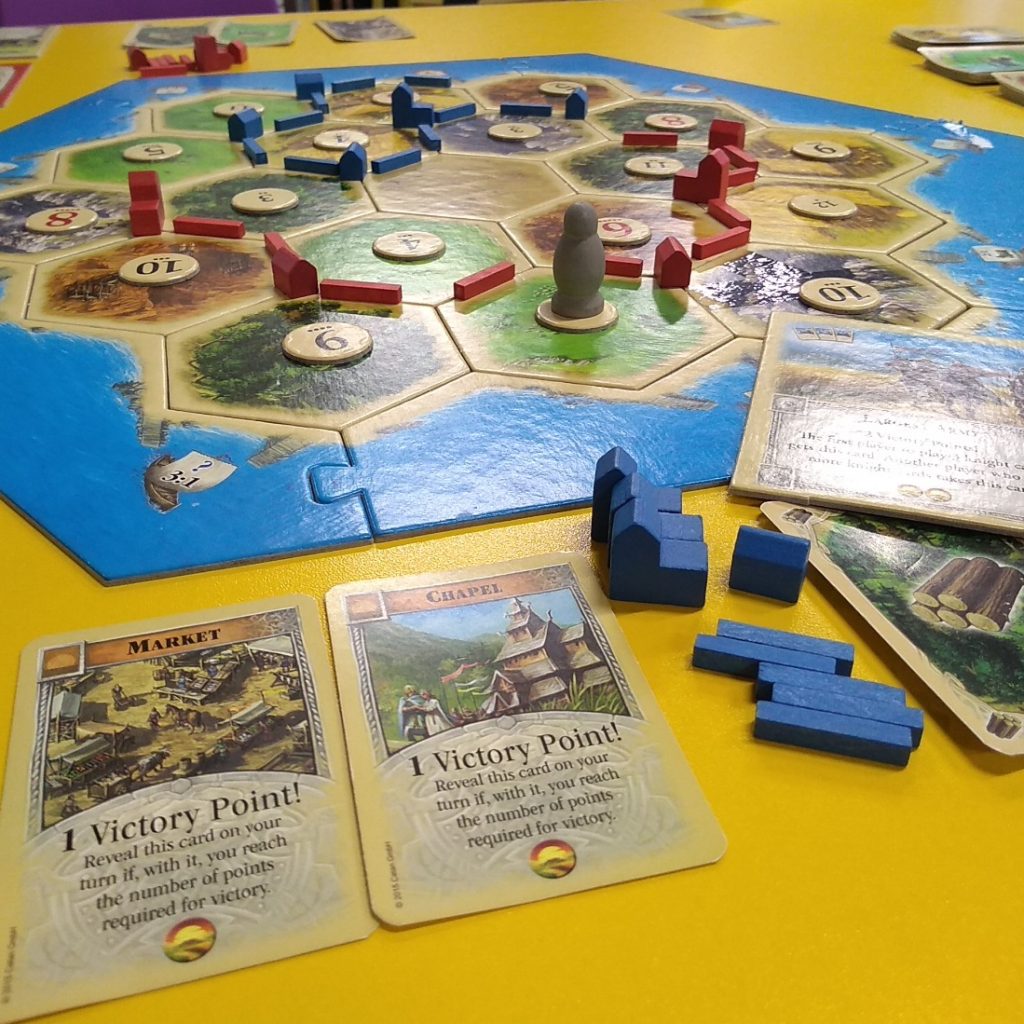
Box/ Packaging
Rather unfairly the benchmark for this one, rather than being a perfect box – is Uno. When I get a game, I instantly want to check it is not as badly packaged as Uno. Worse than a tuck box, it is two stacks of cards wedged sideways into a tuck box. The box isn’t even big enough. This is a familiar tirade and I know that you are shaking your head in empathetic despair not in judgement. For the purposes of this blog I tried to find more positive comparisons, please use them as your benchmark – it’s not too late for you. The good ones are:
Who Did It? – a lovely magnetic box; games from Big Potato Games – the box has a carefully shaped compartment for all the pieces – a place for everything and everything in its place and Weird Giraffe Games spoil us with extra bags so we can organise our cards and playing pieces to our heart’s content. I am trapped by my negative Uno experiences, always I find myself referring back to that infernal box. The message here – I can tolerate a tuck box but two layers of cards in one flimsy tuck box? You may as well pre-wreck my cards before you package the game.
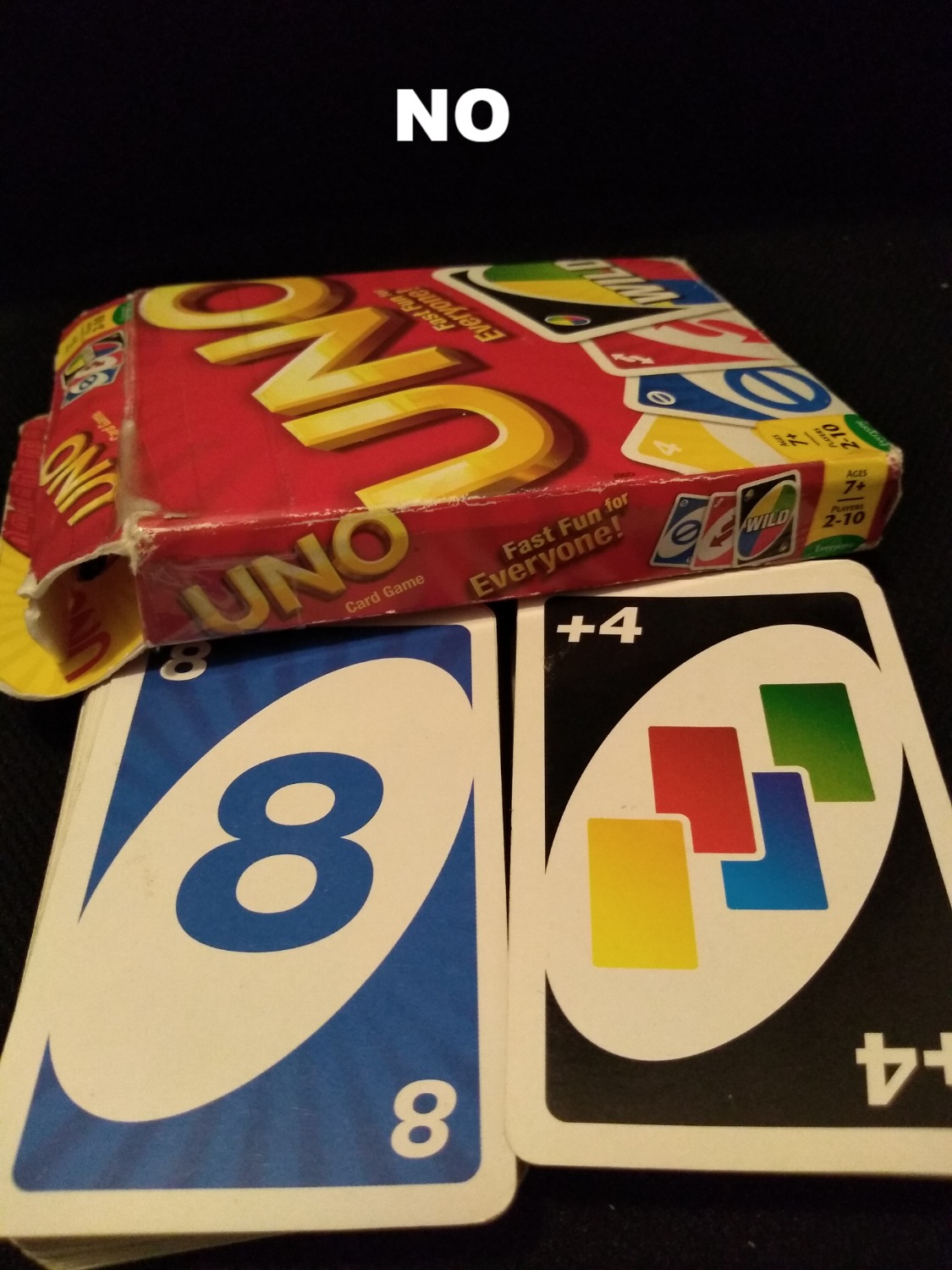
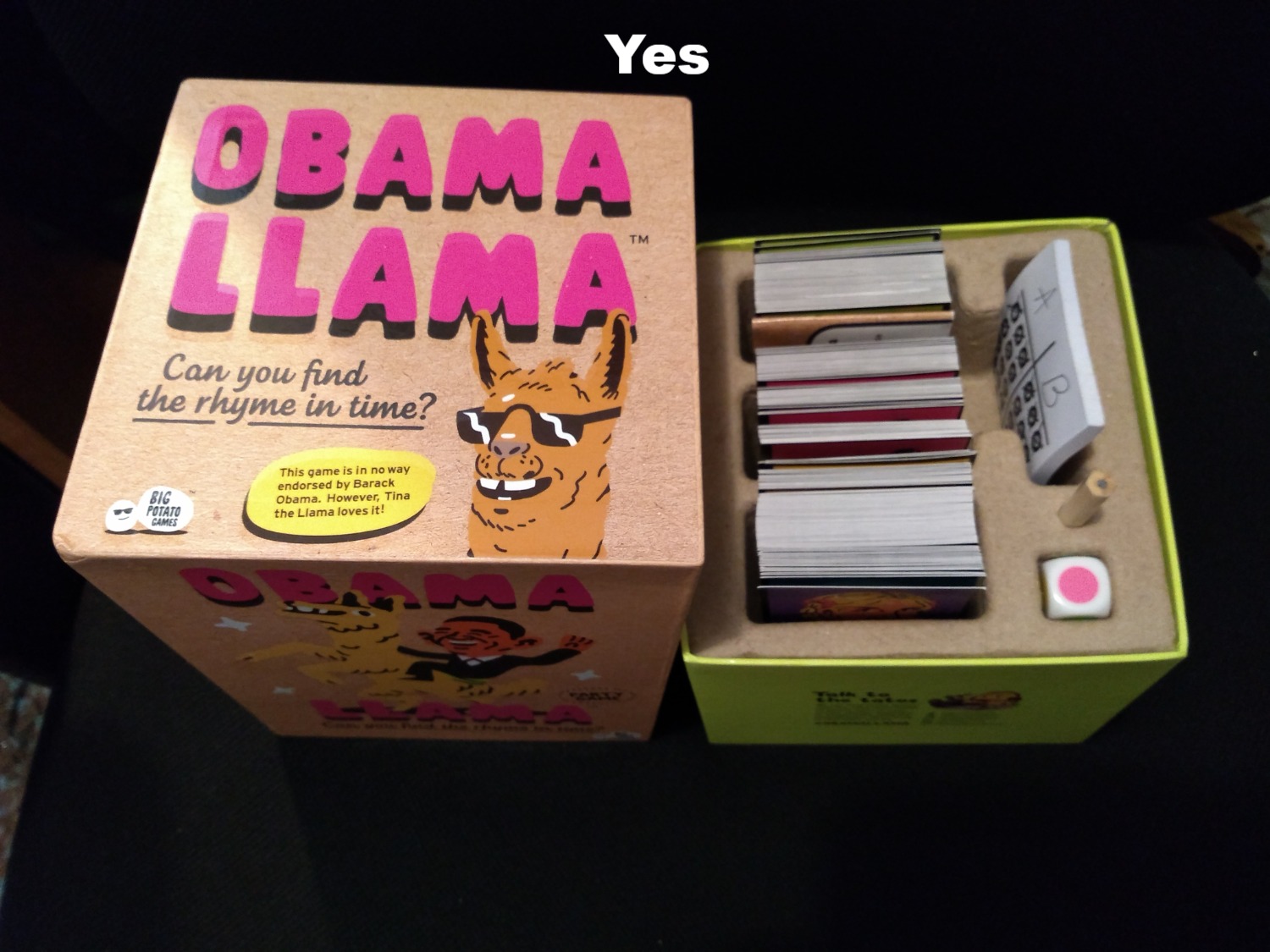
The benchmark is always shifting. There are always new and improved games that smash your expectations into smithereens, pieces that feel and look like nothing you’ve ever experienced, art work that blows your mind. These may not always be the standard that I judge all things by; but today they are. What about you? What are your benchmark games?
